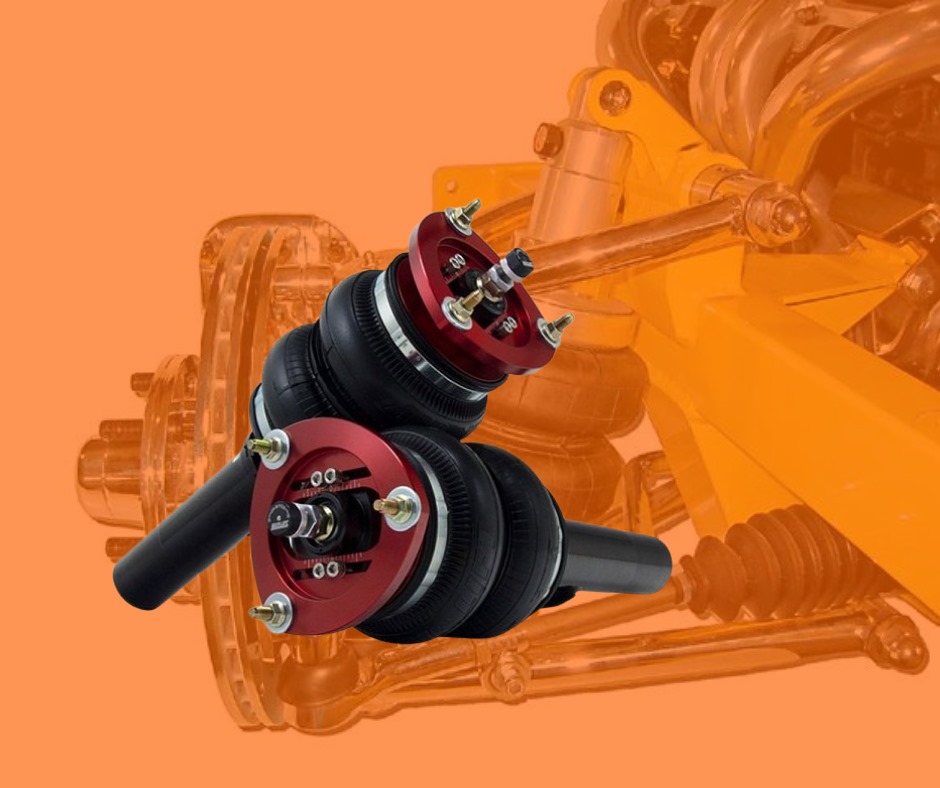Troubleshooting Common Air Suspension Problems

Explore the key strategies to identify and fix prevalent air suspension issues, ensuring your vehicle maintains peak performance and comfort.
Understanding Air Suspension Systems
Air suspension systems are designed to provide a smoother ride and better handling by using air springs instead of traditional coil springs. These systems rely on an intricate network of air compressors, air bags, sensors, and electronic controls to maintain the vehicle's ride height and adjust to varying road conditions.
Understanding the basic components and functionality of an air suspension system is crucial for diagnosing and repairing issues effectively. Key components include the air compressor, air struts or air bags, height sensors, and the control module. Any malfunction in these components can lead to air suspension problems.
Identifying Common Air Suspension Issues
One of the most common issues with air suspension systems is air leaks. These can occur in the air bags, air lines, or fittings and can lead to a loss of air pressure, causing the vehicle to sag or ride unevenly. Another prevalent issue is a malfunctioning air compressor, which may fail to generate the necessary pressure to keep the system operational.
Other common problems include faulty height sensors that provide inaccurate readings to the control module, leading to improper adjustments of the suspension height. Electrical issues, such as blown fuses or bad relays, can also affect the system's performance. Identifying these issues early can prevent more significant damage and costly repairs.
Step-by-Step Guide to Diagnosing Air Suspension Problems
Begin by performing a visual inspection of all air suspension components. Look for obvious signs of wear, damage, or leaks in the air bags, air lines, and fittings. Use a soapy water solution to detect air leaks; bubbles will form at the leak points.
Next, check the air compressor for proper operation. Listen for unusual noises and ensure it is generating adequate pressure. Test the height sensors by manually adjusting the vehicle's height and observing the system's response. Finally, inspect the electrical connections, fuses, and relays for any signs of damage or corrosion. Using a diagnostic tool can also help identify error codes stored in the control module, providing further insight into potential problems.
Effective Solutions for Air Suspension Repair
If you identify an air leak, the first step is to replace the faulty air bag, air line, or fitting. Ensure all connections are secure and test the system for leaks after repairs. For a malfunctioning air compressor, check if it can be repaired or if a replacement is necessary.
When dealing with faulty height sensors, replace them with new ones and calibrate them according to the manufacturer's specifications. Address any electrical issues by replacing damaged wires, fuses, or relays. In some cases, updating or reprogramming the control module may be required to resolve software-related problems. Always refer to the vehicle's service manual for specific repair procedures and guidelines.
Preventive Measures and Maintenance Tips for Air Suspension
Regular maintenance is key to preventing air suspension problems. Periodically inspect all components for signs of wear and tear, and replace any parts showing early signs of failure. Keep the air compressor's intake clean and free of debris to ensure optimal performance.
It's also crucial to maintain the correct ride height settings and avoid overloading the vehicle, as excessive weight can strain the suspension system. Regularly check the system for air leaks and address any issues promptly to prevent more extensive damage. Following these preventive measures will help extend the lifespan of your air suspension system and ensure a smooth, comfortable ride.

 Loading..
Loading..